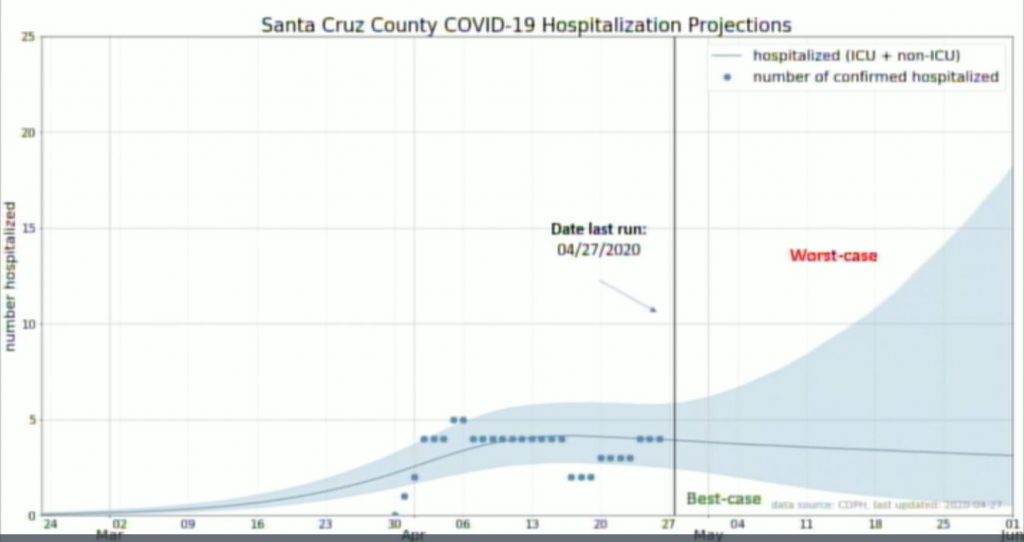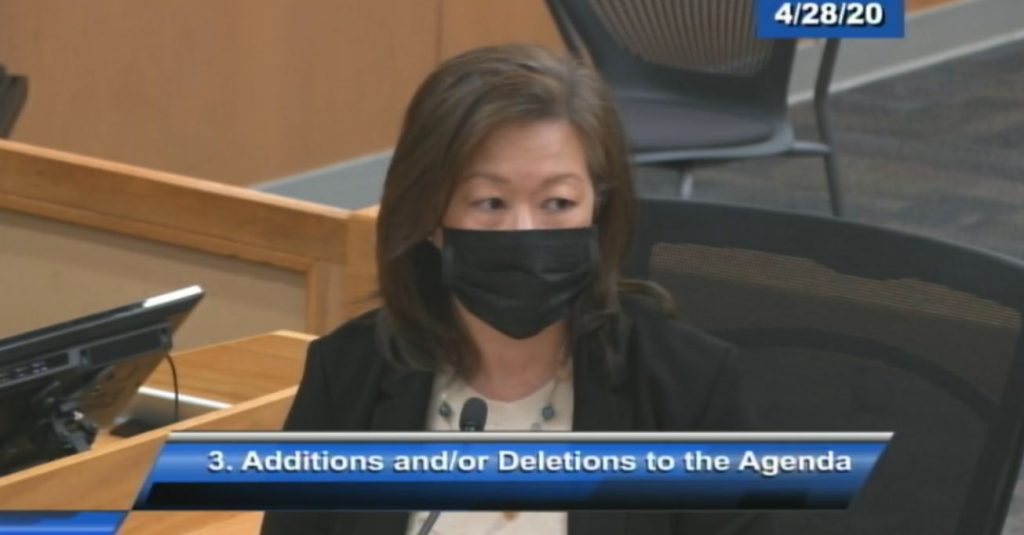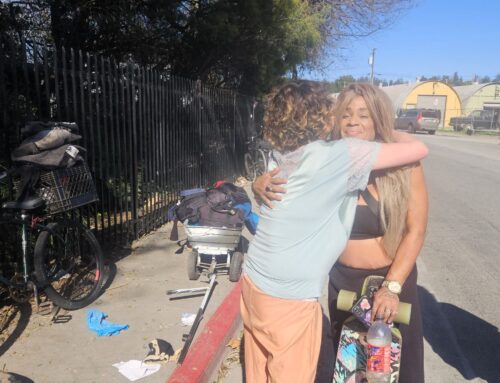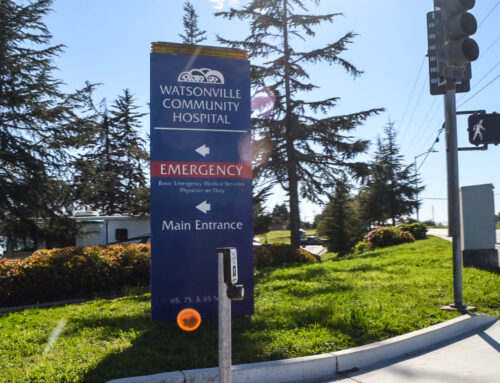SANTA CRUZ >> Santa Cruz County leaders on Tuesday outlined a four-part plan to dial back COVID-19 shelter orders. The plan includes expanded COVID testing and tracing, making sure businesses and schools can properly distance, vaccine availability and preparation for future public health crises.
At Tuesday’s Santa Cruz County supervisors meeting, Health Services Agency Director Mimi Hall also said that a key indicator ー COVID hospitalizations ー appear to have peaked in the county in early April. Hall has said that a sustained plateau or decline in COVID positive hospital patients would help loosen stay-at-home orders.

There were three people in Santa Cruz County hospitals Monday with confirmed or suspected COVID cases, according to hospital data. The most COVID patients in hospitals on a single day was on April 5 with five patients, authorities said.
“As our governor said, the (shelter) modification will take place over a series of weeks and months,” Hall said. “It’s not going to be flipping a switch and opening the economy. But we are looking at what we can open in a phased style while we’re still managing control of the disease.”
“Modifying orders is not based on how long we’ve been sheltering in place or on a certain date. It’s based on our capacity to keep our community safe,” Hall said.
Hall described four factors that would guide a gradual loosening of Santa Cruz County’s shelter orders. It’s been branded as SAVE Lives Santa Cruz County.
- Slow the Spread: The current phase of a shelter order, which includes increases in testing, medical capacity, contact tracing and other public health projects.
- Adapt to the New Normal: County leaders say they anticipate 18-24 months of changing COVID restrictions. That could include distance rules in restaurants, offices and other businesses.
- Vaccinate: When a vaccine becomes ubiquitous, there will be no need for mass testing, contact tracing and shelter orders.
- Elevate Readiness: What can be learned for a future pandemic?
Hall and Santa Cruz County Hall Officer Dr. Gail Newel did not say Tuesday how the county’s stay-at-home order might change when it expires Sunday.The counties of Santa Clara, Alameda, Contra Costa, Marin, San Mateo and San Francisco have extended shelter orders through May.

Some people have defied county rules to stay home except for essential purposes and exercise. Although parking lots were closed at many Santa Cruz County parks and beaches last weekend, Santa Cruz County Sheriff Jim Hart said beaches were crowded with people who were not following distance rules of six feet. Deputies wrote hundreds of tickets, Hart said.
Of the 125 cumulative confirmed COVID cases in Santa Cruz County, 80 people have recovered, according to county data. Two people have died, and 18 of those people were hospitalized.
Santa Cruz County’s plan aligned with California’s big six indicators to dial back the state’s shelter orders.
- Testing. Does the state have enough tests and staff to monitor the spread of COVID-19?
- Spacing. Are vulnerable groups such as senior citizens and people in jail, supported enough to physically distance?
- Hospital capacity. Can hospitals handle surges in patients? Do hospitals have enough beds, staff and supplies?
- Healthcare access. Do people have access to healthcare to recover outside a hospital?
- Businesses and schools. Can businesses, schools and childcare centers support physical distancing?
- Communication. Can modified shelter orders be communicated quickly?
Santa Cruz County leaders on Tuesday also gave other updates:
- Expanded COVID Testing: Hall said she expects a “community testing site” as soon as next week in South County to better serve Pajaro Valley. The county also has access to UC San Francisco lab testing and is working on a plan with UC Santa Cruz, leaders said.
- Hotels for Healthcare: The county is participating in a state program to provide free or low-cost hotel rooms for healthcare workers to help prevent COVID exposure to their families.
- Emergency Feeding Program: County leaders are trying to coordinate a program to pay local restaurants to prepare and deliver food to seniors in need. It’s a federal, state and locally funded program with money that must be spent by May 10. County leaders are scrambling to make it happen, said County Human Services Director Randy Morris.
In other news
County supervisors unanimously approved about $15 million in bond issuance and debt to help pay for several projects including building repairs, jail surveillance replacement equipment and generator upgrades in preparation for emergency power shutoffs.
The move finances several million dollars at a reduced interest rate of about 3.4%, according to a county staff report. It saves the county about $30,000 annually, according to the county’s budget manager.
Editor’s note: An earlier Santa Cruz Local report mistakenly stated that there were more than five COVID patients in Santa Cruz County hospitals in one day. Intensive care unit cases were double counted in that incorrect figure, authorities said. That story has been updated.
Stephen Baxter is a co-founder and editor of Santa Cruz Local. He covers Santa Cruz County government.





